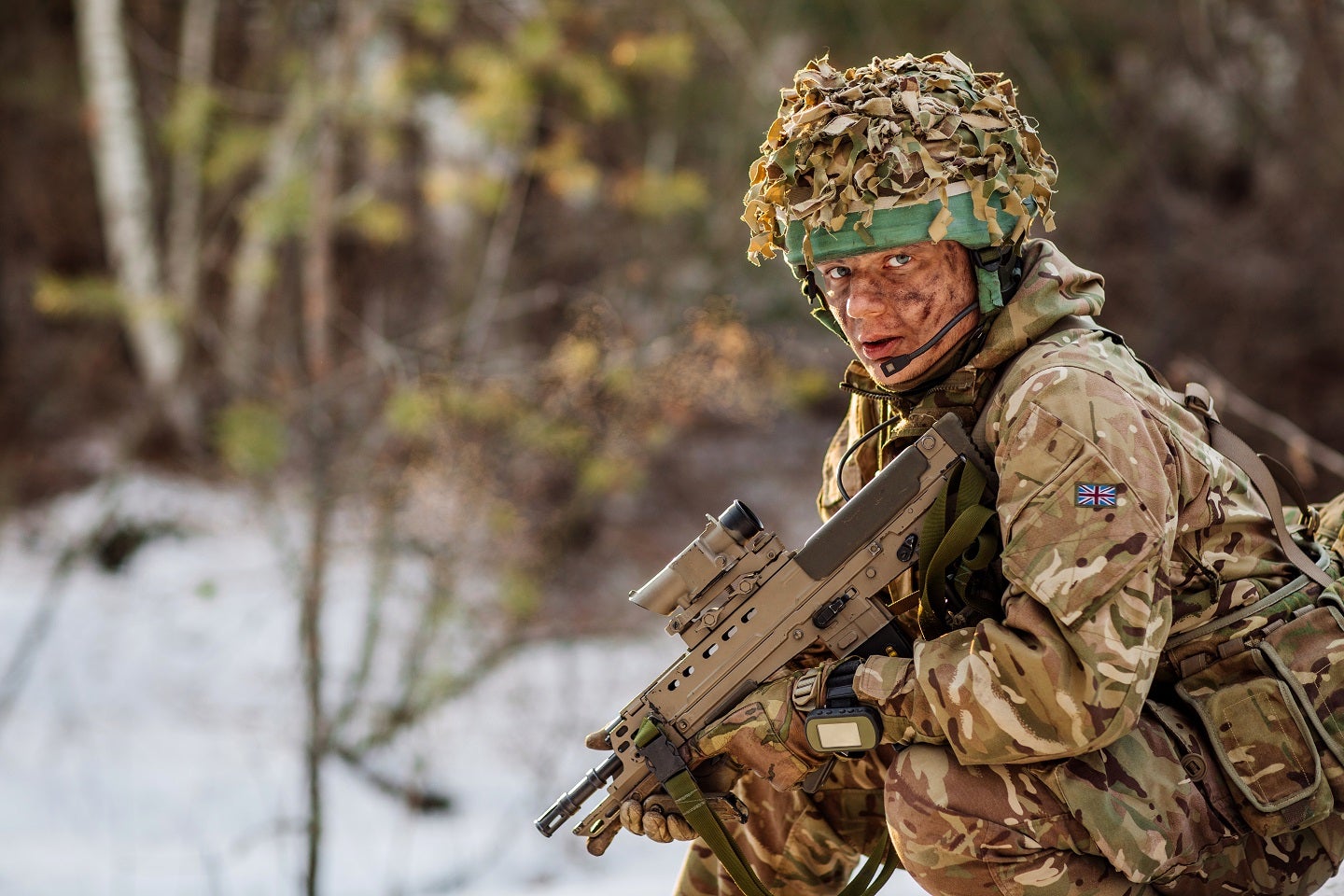
In the face of economic challenges, the UK demonstrates commitment to defence by investing in the Army, Navy, and Air Force.
GlobalData’s latest report unveils trends shaping the future of the nation’s military capabilities.
Amidst economic uncertainties, the United Kingdom stands resolute in bolstering its defence capabilities, as highlighted in GlobalData’s recent report, “The UK Defense Market 2023-2028.” The nation’s commitment to a robust defence strategy is evident despite challenges such as the economic slowdown and the enduring impact of the Covid-19 pandemic.
GlobalData’s “The UK Defense Market 2023-2028” report underscores the UK’s sustained increase in defence spending, with a notable focus on the Army, Naval, and Air Force. The Integrated Review of 2021, the largest since the Cold War, set the stage for ongoing investments, including eight new Type 26 frigates, five Type 31s, and an expansion of Trident nuclear warheads.
Noteworthy initiatives outlined in the report include the Future Combat Air System program for a sixth-generation fighter, alongside the continued procurement of the F-35. In response to the lessons learned from recent high-intensity conflicts, the UK is enhancing fundamental warfighting capabilities, introducing the Challenger 3 as the new Main Battle Tank for the Army.
Despite the economic challenges posed by the pandemic recovery, energy insecurity, and sustained inflation, the UK’s defence spending is forecasted to grow from $66.3bn in 2024 to $80.4bn in 2028, with a compound annual growth rate of 4.9%. This commitment aligns with the nation’s ambitions and international obligations, including increased defence presence in the Asia-Pacific through the AUKUS pact.
The “UK Defense Market 2023-2028” report sheds light on the evolving defence budget breakdown, with acquisitions covering procurement and Research and Development (R&D) becoming the largest share, projected to reach 39.8% by 2028. Meanwhile, personnel spending is expected to decrease gradually, reflecting a broader trend of increased spending per soldier and on platforms.
Key drivers of defence expenditure outlined in the report include NATO and European security concerns, heightened by Russia’s invasion of Ukraine. The UK’s commitment to military aid for Ukraine underscores its dedication to maintaining military readiness and capabilities in response to evolving geopolitical threats.
International tensions, nuclear proliferation, and acquiring new capabilities shape the UK’s defence landscape. The emphasis on emerging technologies such as cyber, space, AI, and unmanned systems reflects the nation’s forward-looking approach to modern warfare.
The report includes insights into the UK’s military doctrine and strategy, emphasising a commitment to collective security and integrated Western defence. The Integrated Review of 2023 identifies key trends, including shifts in global power, inter-state competition, technological change, and transnational challenges.
The UK’s defence spending signals a determined stance facing global uncertainties. As the nation navigates geopolitical dynamics, investments in Army, Naval, and Air Force capabilities show a commitment to safeguarding national interests and contributing to global security.




